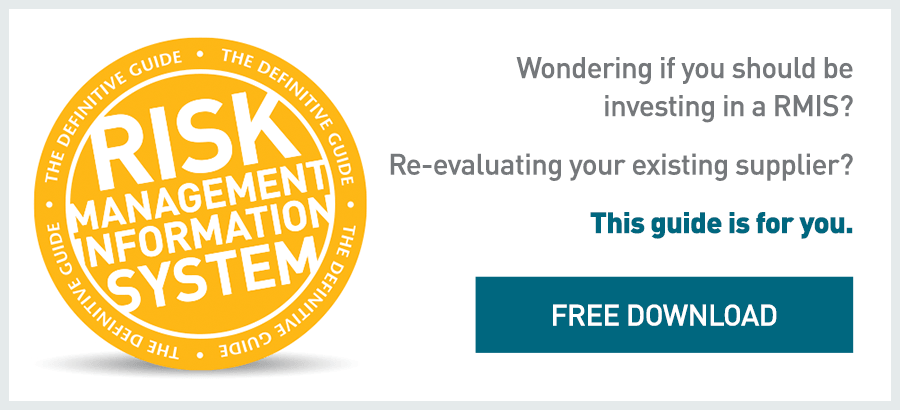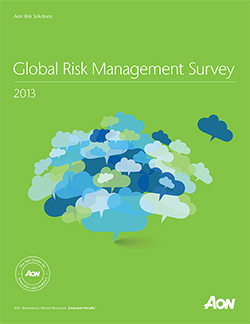
Risk management was once regarded as a routine function of the risk manager with little or no connection to the companys broader directions or priorities. It is now considerably more demanding, seen as a key part of a broader financial management strategy and linked to corporate priorities.This places increased reliance on good data around risks, risk controls, incident reporting and losses.
There is a gap that often needs to be bridged between understanding what it means to buy insurance and what it means to look at insurance and risk within this broader financial management context. The key is understanding risk needs and using insurance as a financial tool. This leads to the concept of total cost of risk (TCOR) the costs incurred by a business to deliver an effective risk management strategy.
The main components of TCOR include:
- risk transfer costs (insurance)
- risk retention costs (retained losses and claims adjustment)
- external risk management costs (brokers, consultants and other vendors)
- internal risk management costs (staff and related costs)
Recent Aon research found that only 44% of respondents track and manage all components of TCOR. While over 90% tracked their transferred risk, only 74% track their retained risk. The survey also showed that businesses with risk management departments are more likely to measure their full TCOR (5%), compared to firms with no risk management department (22%).
On average, TCOR is 1.2% of a companys total revenue, so having an understanding as well as controlling and lowering TCOR can have a substantial financial impact. CFOs and risk managers need to work together to identify the lowest sustainable cost of insurable risk including understanding how the different components both interact and contribute to the total. They also need to identify the best point between retaining risk and insuring it.
Without an appreciation of your risk needs and how to use insurance, you are left with a limited understanding of the overall risk costs in your business and you are vulnerable to buying an insurance product the market is selling rather than selling the insurable risk that you do not want to retain. A risk management information system (RMIS), such as Aon RiskConsole, helps obtain the right data and monitor performance of control mechanisms, which all leads to improved governance.
In our experience, businesses using an RMIS have a greater awareness of and more control over their risk resulting in 3-10% savings on their TCOR through:
- improved insurance premiums, by presenting better quality data to the market
- the development of loss-prevention schemes by finding trends in loss history
- a more efficient renewal process by having all data centralized in a consistent structure new workflow efficiencies, such as a reduction of time taken to settle a claim, issue new policy documentation or simply search for records
With better quality data, CFOs and risk managers can present clearer overviews of TCOR to the Board, while identifying innovative strategies for reducing costs.












